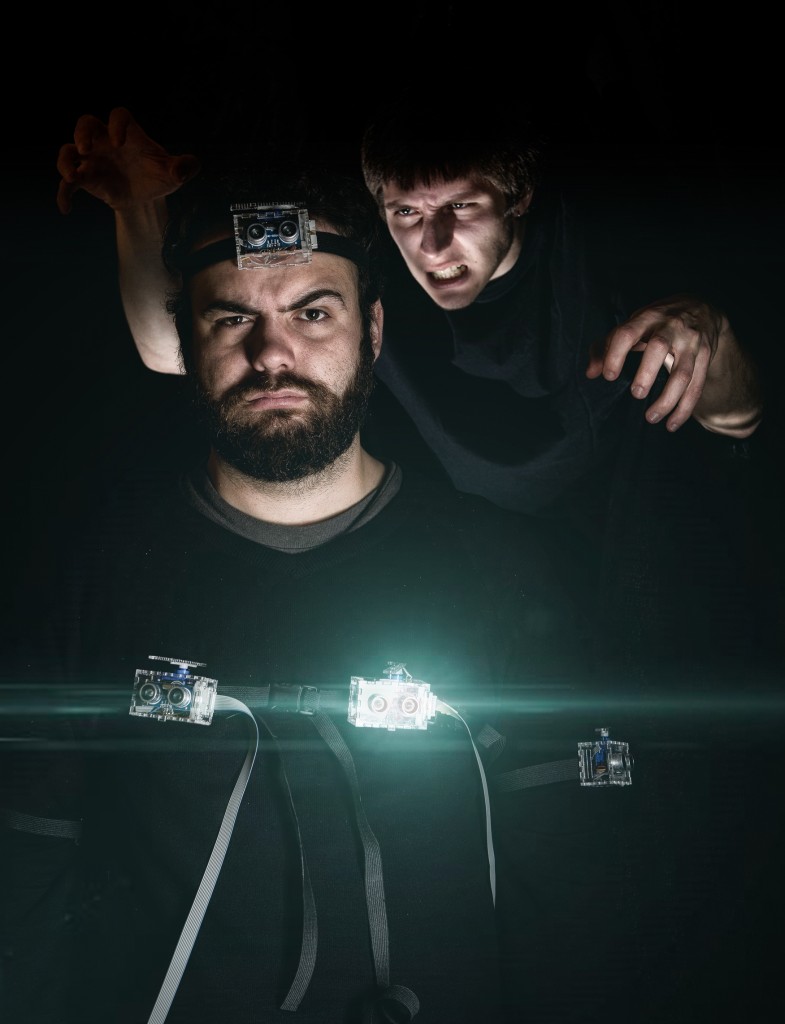Here’s a description of the Wilson Center event, Environmental Information: The Roles of Experts and the Public,
Access to environmental information and use of it for environmental decision making are central pillars of environmental democracy. Yet, not much attention is paid to the question of who is producing it, and for whom? By examining the history of environmental information, since NEPA in 1969, three eras can be identified: information produced by experts, for experts (1969-1992); information produced by experts, to be shared by experts and the public (1992-2011); and finally, information produced by experts and the public to be shared by experts and the public.
Underlying these are changes in access to information, rise in levels of education and rapid change due to digital technologies. The three eras and their implication to environmental decision making will be explored, with special attention to the role of geographical information and geographical information systems and to citizen science. [emphasis mine]
Tuesday, April 29th from 10:00 – 11:30am. [EST]
I hope the speaker description and the paper being distributed on the event page mean this may be a bit more interesting to those of us curious about citizen science than is immediately apparent from the event description,
Muki (Mordechai) Haklay
Muki Haklay is a Professor of Geographic Information Science in the Department of Civil, Environmental and Geomatic Engineering, University College London. He is also the Director of the UCL Extreme Citizen Science group, which is dedicated to allowing any community, regardless of their literacy, to use scientific methods and tools to collect, analyze and interpret and use information about their area and activities.
His research interests include Public access and use of Environmental Information; Human-Computer Interaction (HCI) and Usability Engineering aspects of GIS; and Societal aspects of GIS use – in particular, participatory mapping and Citizen Science.
Here’s the paper,
Citizen Science and Volunteered Geographic Information – overview and typology of participation
You can RSVP from the event page if you’re planning to attend this event in Washington, DC in person, alternatively you can watch a livestream webcast by returning to the event page on April 29, 2014 at 10 am (that will be 7 am, if you’re on the West Coast),
